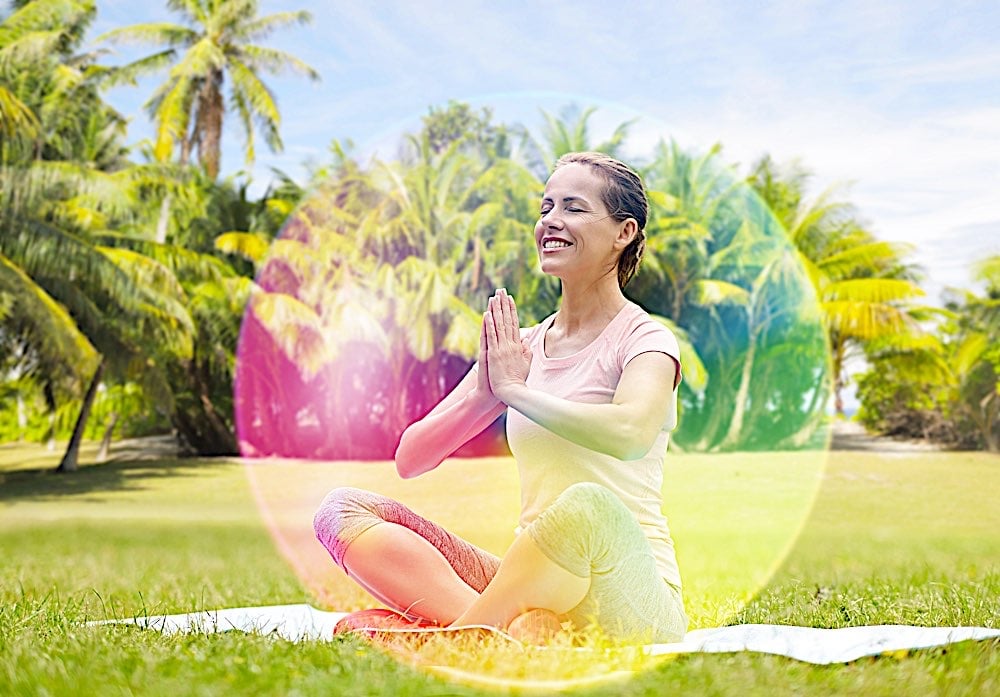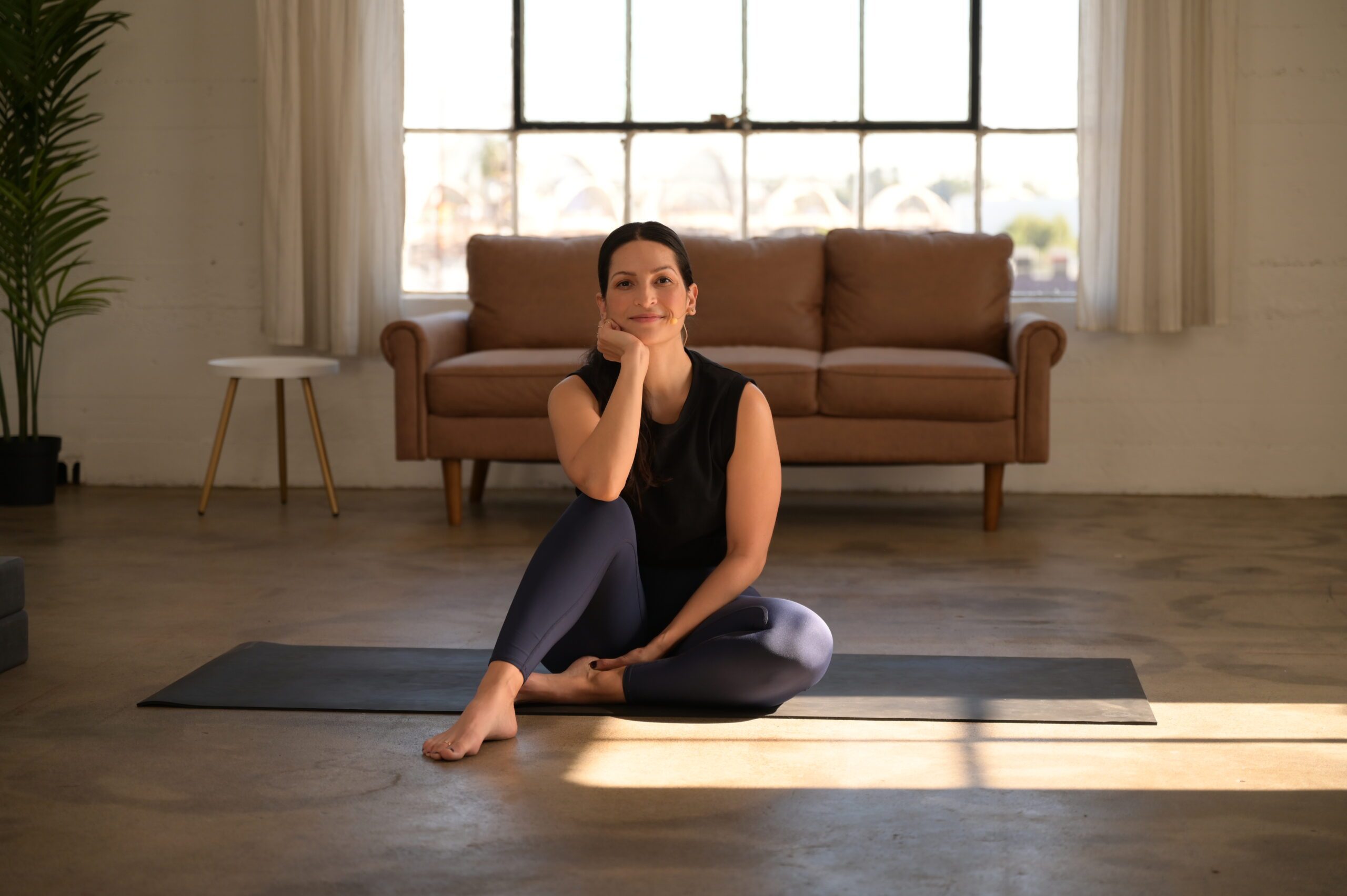How Human Design Can Inform and Guide Meditation Practices
Modern science reveals more about how the ancient practice of meditation impacts human physiology. Wide-ranging reports of multiple benefits abound, but those studying medicine understand the concept of homeostasis and how balanced moving parts create a synchronous whole. Knowing...

Modern science reveals more about how the ancient practice of meditation impacts human physiology. Wide-ranging reports of multiple benefits abound, but those studying medicine understand the concept of homeostasis and how balanced moving parts create a synchronous whole. Knowing how meditation affects your physical self can deepen your practice, just as sitting on the mat improves your bodily well-being.
You don’t need a physiology course, but understanding a few basics can enrich your experience. Here’s how human design can inform and direct meditation practices.
By Beth Rush
Disclaimer: Always seek the advice of your health care practitioners when experiencing pain or other medical issues.
What Is Human Design?
As a human being, you are inseparable from your physical body, and what happens to it affects your spirit. For example, consider what happens when you fast. During the first day, your body converts glycogen from your liver and muscle stores to create glucose or the sugar energy you typically get through food [1]. By the end of the first day, you deplete much of your stores and begin breaking down your muscles for necessary energy.
Humans need more than food for total health. Supporting yourself mentally, physically and emotionally as a complete person requires the following:
Proper nutrition Time spent outdoors Physical movement Mindfulness Rest and sleep Stress management Healthy boundariesUnfortunately, few people achieve all of that, at least not daily. As a result, they feel a vague but constant sense of unease, that their life is beyond their control and they have little say in influencing the course of events.
Meditation directs your attention to areas of your life and well-being that lack it. Try it before bed or spend five to 15 minutes outdoors communing with nature [2]. When you engage your higher self, you can move beyond rumination, see the situation clearly and determine the best course of action to improve matters based on your resources.
Human Design and Mindfulness
The connection between human design and mindfulness is intricate. For example, most people know when they’ve entered a flow state, where time ceases to exist and they focus completely on the project at hand.
There are many ways to achieve a mindful state, including progressive muscle relaxation, breath focus and mantras. Mindfulness meditation entails observing your thoughts neutrally[3]. You will know you’ve reached this state when you can reflect upon triggering events that normally cause a heightened emotional reaction with detached objectivity.
On a more prosaic level, human design works with mindfulness by making it comfortable. For example, many practitioners advise sitting in zazen, but this posture might be excruciating for someone with degenerative disc disease of the lumbar spine. Encouraging them to take another pose, perhaps reclining in savasana with a pillow beneath the knees, makes practice possible by eliminating unnecessary suffering.

Using Human Design to Enhance Your Meditation Practice
How do human design and meditation work together to enhance your total well-being? Part of the science lies in brainwaves. Various meditation techniques can alter your brainwaves[4], taking you into deeper resting states where profound change occurs.
In the past, people widely believed that you could not regrow brain cells. However, recent research reveals this is untrue. You create new neurons in your hippocampus throughout life[5]. Although the connection between sleep and neurogenesis isn’t fully understood, science shows that sleep disruptions interrupt this process.
Using meditation techniques such as yoga nidra can bring about this state of deep rest. It creates a welcoming nursery for new brain cell birth, perpetuating the cycle of what it is to be human.
How Human Design Can Inform and Direct Meditation Practices
Science reveals how meditation changes physiology. Knowledge of human design can reaffirm your commitment to your practice by producing tangible evidence that it works.
Using human design to inform and direct your meditation practice can enhance it. Mindfully explore how you can enrich your routine and let science and spirit work together to improve your well-being.
References:
https://www.ncbi.nlm.nih.gov/books/NBK534877/ https://blog.cefaly.com/how-to-focus-on-your-mental-health-with-a-busy-schedule/ https://buddhaweekly.com/how-to-know-which-type-of-meditation-is-best-for-you/ https://buddhaweekly.com/scientific-buddhist-5-emptiness-meditation-styles-to-achieve-theta-brainwaves-for-health-and-cognition-benefits-mindfulness-repetition-sound-visualization-mantra/ https://www.frontiersin.org/articles/10.3389/fnins.2022.891713/full
 KickT
KickT 

































